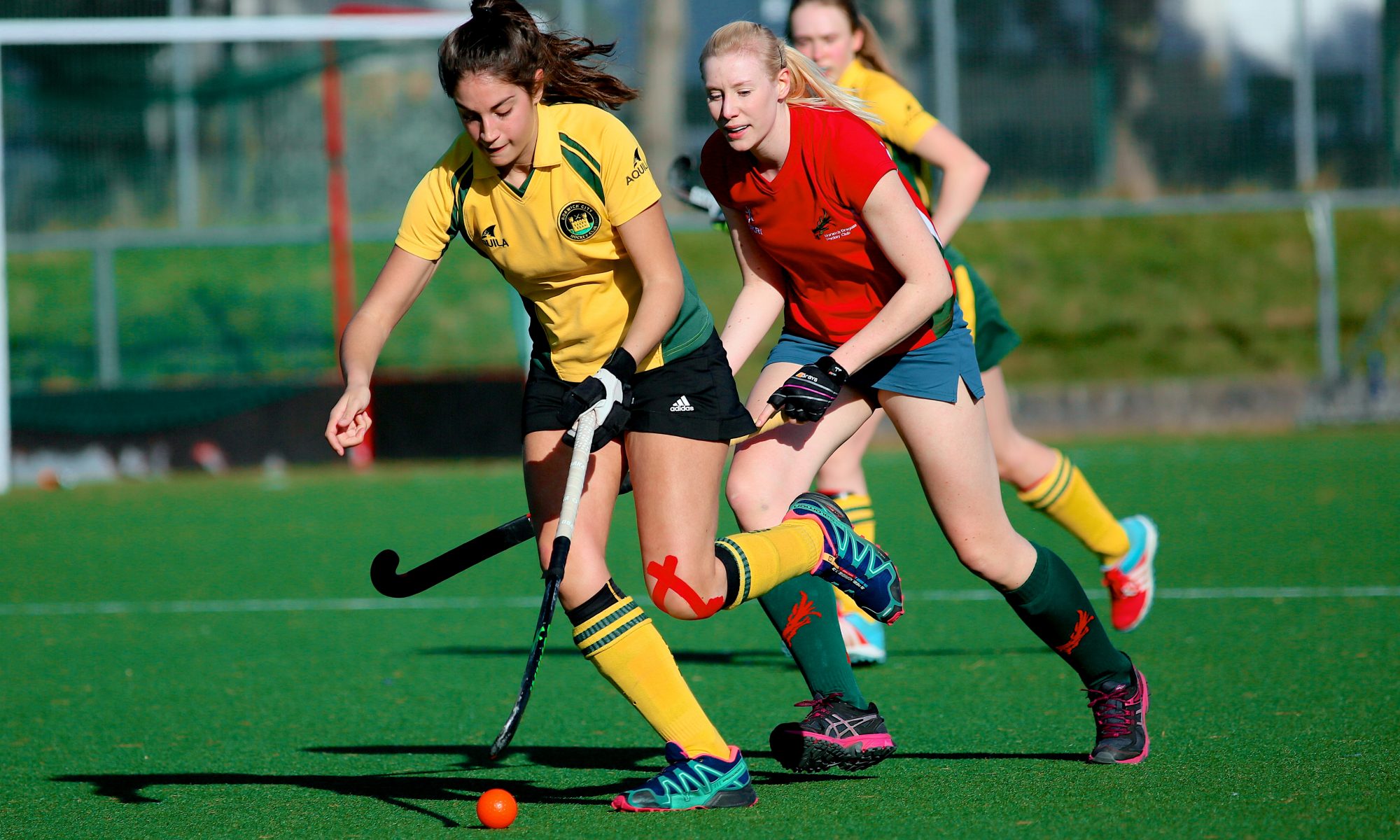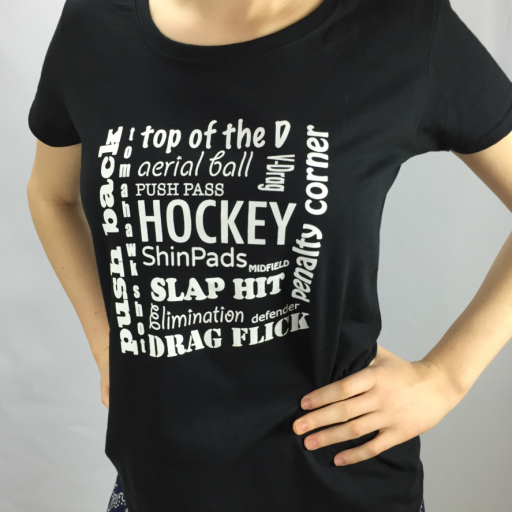Left wing could be said to be the trickiest position on the hockey pitch. So I’ve been seeking out some tips and advice about playing this position and playing attack in general.
This clip from Korea v New Zealand in the 2014 world cup shows a near perfect pass from the left attack which resulted in a second goal for Korea. It’s hard to see what’s happening on this clip – about 1:20 in, but I was there in person, sitting right by the left corner. I can assure you it was amazing.
It was Korea’s No 10 Park Mi-Hyun (one of my favourite women hockey players) sending an amazing back-stick cross into the D from the very top left corner. It was netted with a touch by a team mate. This has to be the ultimate left wing move. The clip also shows another earlier backstick cross from New Zealand which didn’t result in a goal.
So number one play from left wing has to be the ability to send powerful crosses into the D – off the backstick if need be. Sending them in a good position to be netted for a goal.
Meanwhile, before we continue if you’re looking for a gift for the hockey-mad person in your life visit Hockey gift shop
Continued…This next clip from Ireland v US shows a lovely receiving of the ball by the left wing before she powers it into the D for a team mate to get on the end of. See 1.05 minutes into the clip. It didn’t directly lead to an immediate goal but it started a chain of events that led to a goal a few seconds later.
I love the footwork she uses to get into the right position to power the ball into the D.
But this is pretty advanced stuff. For the mere mortal hockey club-players a thread on Field Hockey Forum is quite useful…
In response to a question asking for how to play this position the following tips were suggested. Here’s a summary, but click on to the website itself for full details. Actually, it’s one of the best hockey websites around with user generated content from players who seem to know their stuff.
- Pass and move into space, repeat. Look for give and go passes with your centre mid or thread some passes through to strikers and follow up to give them an option to drop back if they need.
- If you are in the D there are only three options, shoot, pass or put the ball on a foot. If you are in the 25 it is acceptable to take players on
- Get in a space nice and wide and start shouting for the ball.
- Get on the post when your team attacks and pick up deflections.
- Play deep – slightly behind attackers so you can easily be seen and passed to.
- Look for an early pass from deep, diagonally to the inside right position to wrong food defenders. (I’m not sure exactly what is meant by this tip on the thread, perhaps somebody can expand on this further?)
- If you do ‘go for goal’, cut-in from the wing as soon as you cross the 23
- Avoid if possible being forced into the corner.


thank you for this help i have a hockey game soon and this really helped.
LikeLike
Glad it helped. Please do feedback any other tips and info you pick up about playing left wing as there’s not much about in on the web. Liz
LikeLike
Liz,
Why on earth would putting the ball onto a defender’s foot be considered a a reasonable option for an attacking player in the circle? Perhaps because the Rules have been forgotten?
I played as a left-winger for the first ten years of my club hockey, but that was in the days when an edge-hit was not an option and all left-wingers worthy of the title could get their feet around the ball and hit a left to right pass off the forehand. I never dribbled into the corner of the pitch I was heading towards the far goal post as I was approaching the opponent’s 23m line. No point in a winger isolating themselves and having to make a long and difficult pass,, the diagonal cut in opened up a far greater number of options. There’s more than one way to skin a cat.
LikeLike
More comment on the incidents in the videos. First video 54secs: the Korean player is obstructed, possibly even barged by the defender, but it is the attacker who is penalised, presumably for making contact while attempting to get to the ball.
Second video 20 secs: the reverse edge hit into the circle is a foul, the ball was not raised accidentally. What was accidental was the ball-leg contact by the defender, she did not intentionally deflected the ball onto her own leg – not an offence, so why the penalty corner?
The first ‘shot’ the from the subsequent penalty corner was wild but (fortuitously) not at anyone so it could not be considered dangerous, but it was a ‘shot’ that could not have been scored from – it was too high for that. Should that hit have been penalised as too high or should it have been considered not a shot but a pass (so again non-compliant as it was a deliberately raised hit, not a shot at the goal) and the shot from which the goal was awarded seen as the first shot? In the latter case the goal should not have stood because the ball crossed the line above backboard height. There could have been no complaints if the shot had been declared illegal and the goal not awarded and I think it should have been the decision, there is after all supposed, even if the Rules are widely ignored, to be an emphasis on safety.
LikeLike
Hi Martin,
Many thanks for your insightful and expert comments. Much appreciated.
LikeLike
I am sure that ‘insightful’ and ‘expert’ are not the right way to describe my views on the Rules of hockey, I am not sure those are appropriate terms to apply to anybody. |Knowing the Rules is simply a matter of reading what is in a very small rule book (compared to some other sports for example cricket and golf). Applying the Rules is only a matter of focus so that the order in which event occur is accurately recorded. Umpiring also involves other skills, such as positioning and communication.
I went back to the first video to make another clip of the barging/obstruction incident and picked up on things I had missed on the first ‘live speed’ play. One is that the umpire saw nothing to penalise, either for physical contact or for obstruction, although certainly both occurred, she clearly indicates that the 15m is awarded because the ball has gone out of play over the base-line.
It is difficult to tell because of the distance and the foreshortened view from the camera position, if there was obstruction before the contact but there surely was afterwards. It seems however that “contesting” for the ball is allowed in certain circumstance that I have no insight into ad obstruction is now simply ignored – again I have no idea why it should be.
Blog article http://wp.me/pKOEk-1HX
LikeLike
I agree that getting feet round and playing off the forehand – and also heading into the D are usually the best options. I think it’s easy to get distracted from the core skills.
LikeLike